Discover 11 hidden attractions, cool sights, and unusual things to do in Azov (Russia). Don't miss out on these must-see attractions: Alekseevsky Gate, Monument to Peter I, and Powder Cellar Museum. Also, be sure to include Monument to Aleksei Shein in your itinerary.
Below, you can find the list of the most amazing places you should visit in Azov (Rostov).
Table of Contents
Alekseevsky Gate
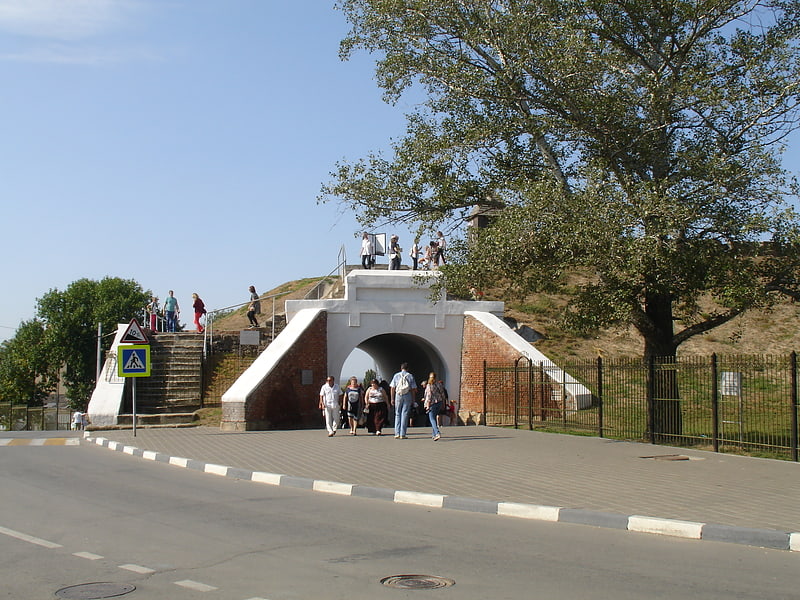
The Alekseevsky Gate is a monument of military and engineering art, former main gate of the Azov Fortress of the 15th century. The Gate dates to a later period - 17th- 18th centuries. The Alekseevsky Gate served as the southern entrance to the fortress. Together with the earthen rampart and the moat, it forms the only preserved part of the fortress, they are entered in the list of objects of cultural heritage of federal importance.[1]
Monument to Peter I
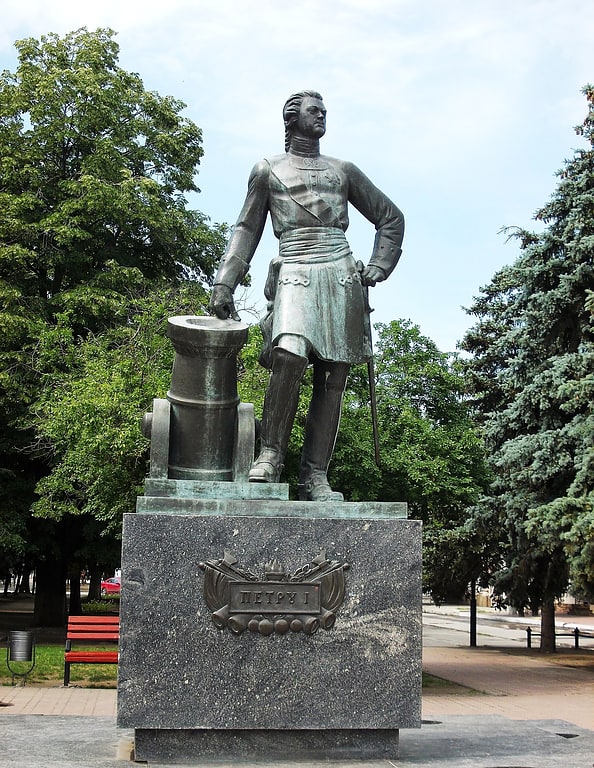
Also known as: Памятник Петру I
Statue by Andrey Kovalchuk. Monument to Peter I is a bronze monument of Peter the Great in the center of Azov, Rostov oblast, Russia. It was designed by sculptors Oleg Komov and Andrey Kovalchuk. The opening ceremony took place on 19 July 1996 and was held in conjunction by the 300-year anniversary of the Russian Navy. The statue is 3 meters tall, not including its 2-metre pedestal. He leans on a mortar. The monument depicts Peter I, a determined, purposeful Russian ruler, as a young military figure. Peter the Great commanded his army during the Azov campaigns of 1695–96 at that age. His head is looking towards the Azov Fortress.[2]
Powder Cellar Museum
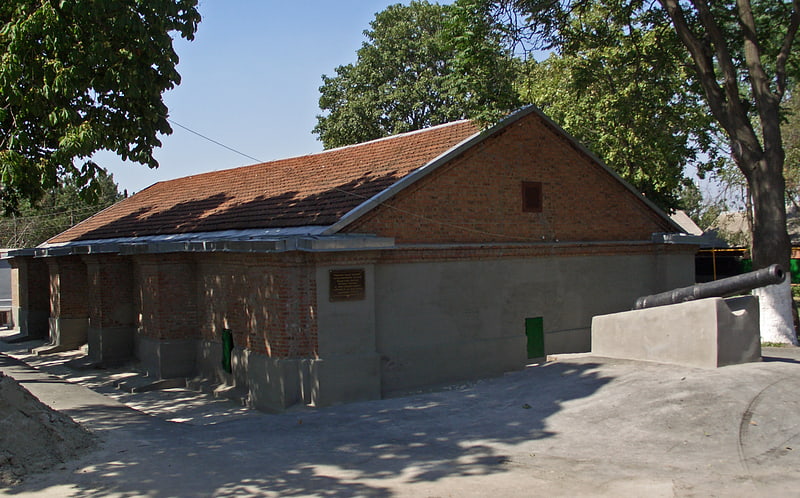
The Powder Cellar Museum is a museum in the city of Azov, Rostov Oblast, Russia. It is a branch of the Azov Museum of History, Archaeology and Palaeontology. The place it occupies was recognized as a cultural monument of federal significance of Russian Federation.[3]
Monument to Aleksei Shein
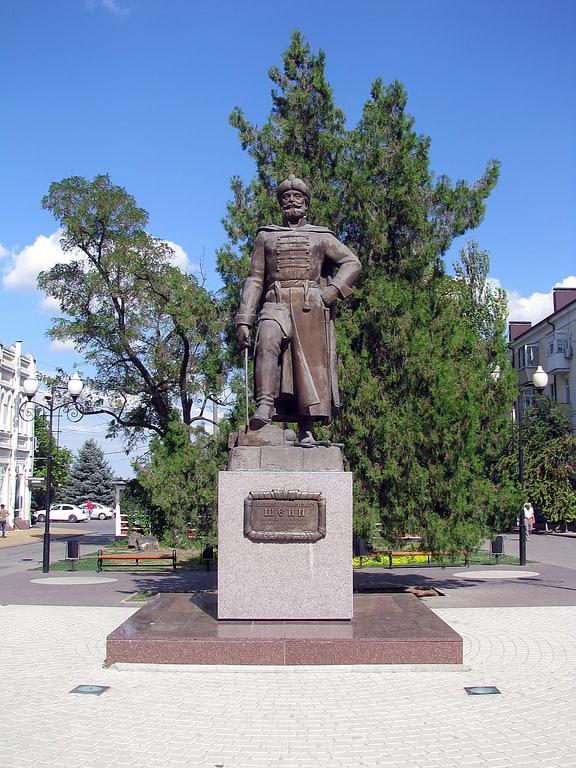
Also known as: Памятник Шеину
Sculpture. Monument to Aleksei Shein ― is a sculpture of Russian statesman, general, Boyar, and the first Russian Generalissimo Aleksei Semenovich Shein. It is situated in the city of Azov, Rostov Oblast, Russia.
Aleksei Shein participated in the Crimean campaigns and suppressed Streltsy Uprising on the order of Peter the Great. For the battles he won while being Azov commander he received the highest military rank.
The monument was opened on June 12, 2009. The authors of the project were M. Lushnikov and V.P. Mokrousov.
The bronze figure of Aleksei Shein was mounted on a pedestal at the historical center of Azov. The general is depicted standing with a sword in one hand, while his foot rests on a stone of the fortress. The height of the monument with pedestal is about 5 meters. The inscription on the monument reads: Aleksei Shein, the first Russian generalissimo (1652-1700).
Together with the monument to Peter the Great, Azov fortress and Azov local history museum, it forms an architectural complex dedicated to Russian and Azov history.[4]
Wrangel Mansion
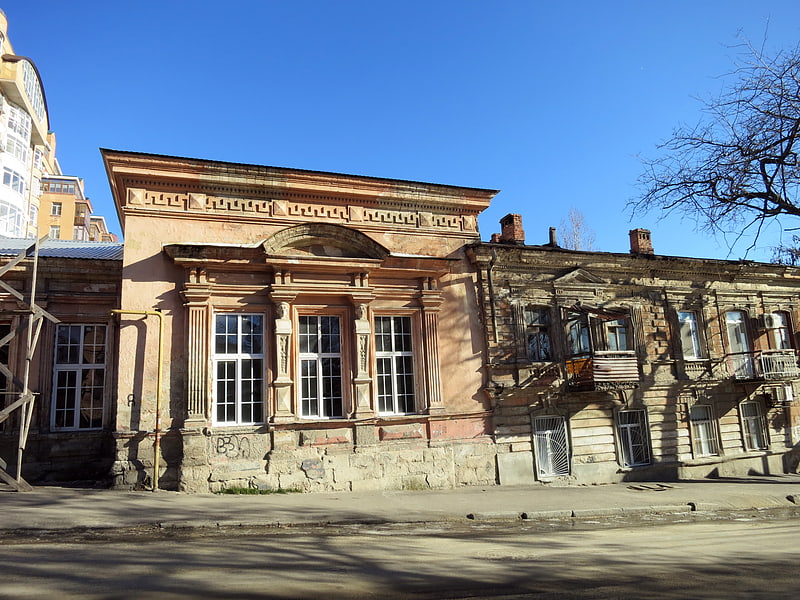
Heritage building in Rostov-on-Don, Russia. Wrangel Mansion is a building in Rostov-on-Don, built in 1885 by architect Nikolay Doroshenko. In this house Pyotr Nikolayevich Wrangel, one of the main leaders of the White Movement, spent his childhood and youth years. Wrangel Mansion has the status of an object of cultural heritage of regional significance. At present, the building is in poor condition and needs to be repaired.[5]
Azov Fortress

Also known as: Азовская крепость
The Azov Fortress is a fortified complex in Azov, Rostov oblast, Russia, overlooking the Don River and the Port of Azov to the north. It includes a rampart, watchtowers and gates. The Azov fortress was founded by Turks on behalf of the Ottoman Empire in 1475. It guarded the northern approaches to the Empire and access to the Azov Sea. After a series of conflicts, a peace treaty was signed in Constantinople on July 13, 1700 between the Tsardom of Russia and the Ottoman Empire. The sultan recognized Russia's possession of the Azov area.[6]
Azov History
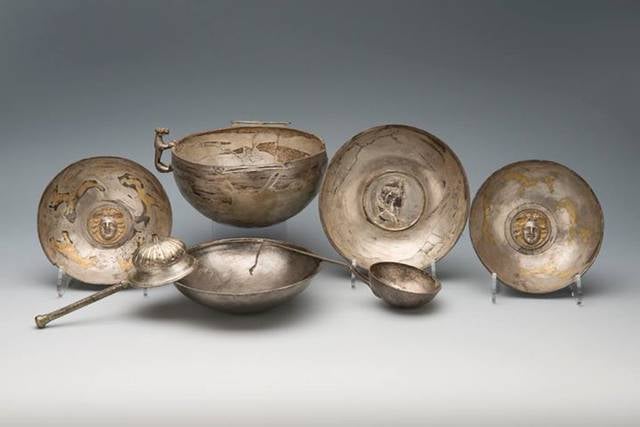
Also known as: Азовский историко-археологический и палеонтологический музей-заповедник
Museum
Address: ул.Московская, 38/40, Azov
Teatralnaya Square
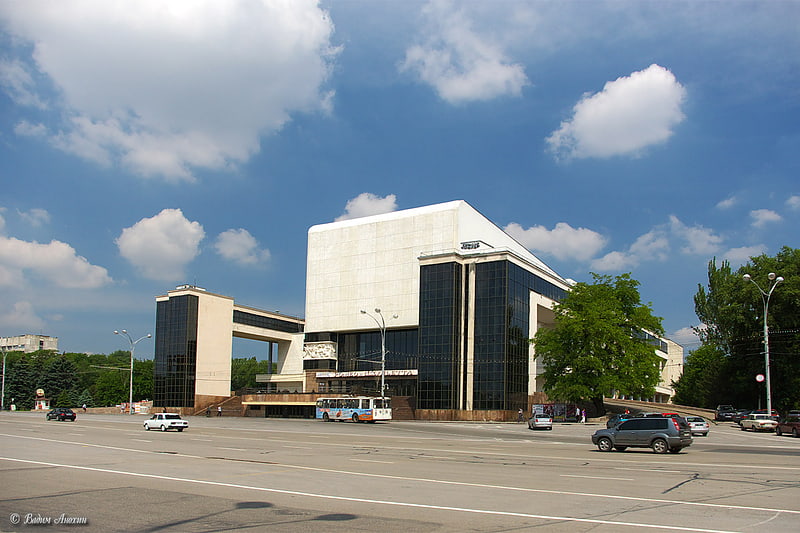
Teatralnaya Square or Theatre Square is the main city square of Rostov-on-Don, situated in Leninsky District.[7]
Monument to the sailors of the Azov Flotilla
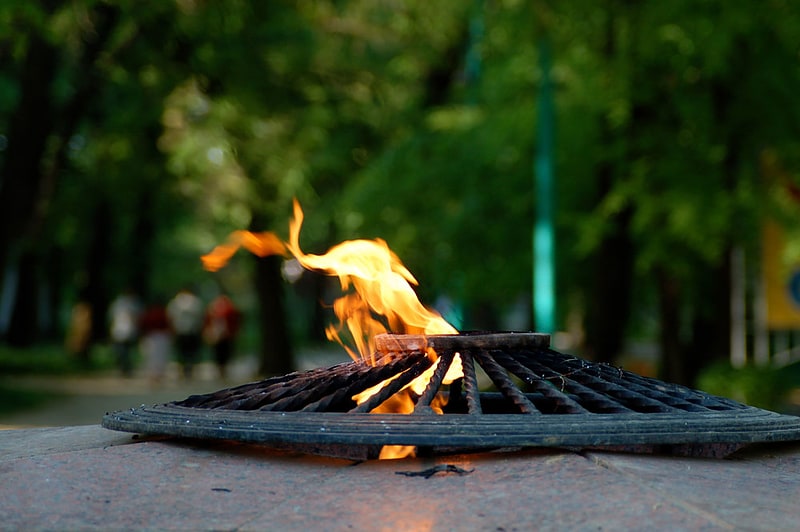
The Soviet city of Taganrog, now part of the Rostov Oblast of the Russian Federation, had an eventful history during World War II, from 1941 to 1945.[8]
Soviets Square
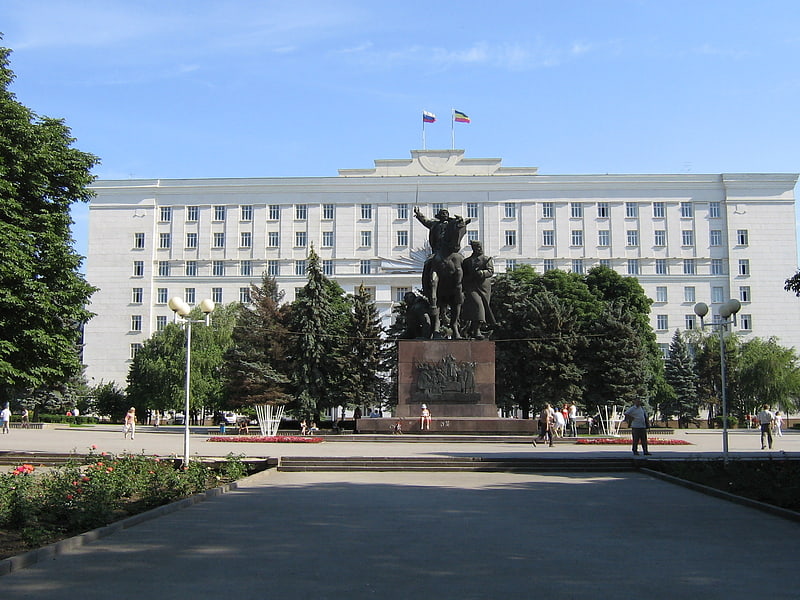
Soviets Square or Sovetov Square is a city square of Rostov-on-Don, situated in Kirovskiy District at the intersection of Bolshaya Sadovaya Street, Voroshilovsky Avenue, Sokolova Avenue and Sotsialisticheskaya Street.[9]
Monument to the 1st Cavalry Army
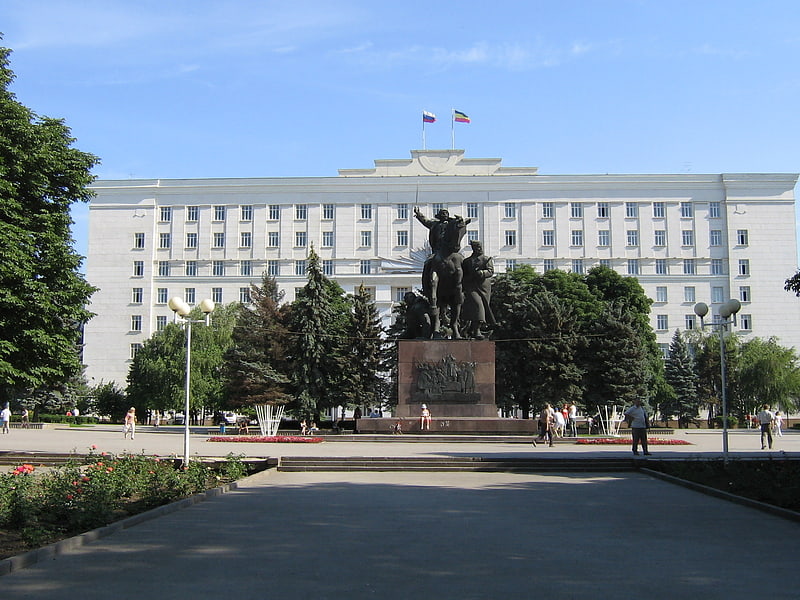
The Monument to the 1st Cavalry Army is a monument in Rostov-on-Don, Rostov Oblast, Russia. It was built in 1972 on the project of architect Evgeniy Vuchetich and is situated at the centre of the Soviets Square. It is dedicated to the soldiers of the Red Army who in 1920 defeated the White forces and took the city. The monument has the status of an object of cultural heritage of regional significance.[10]